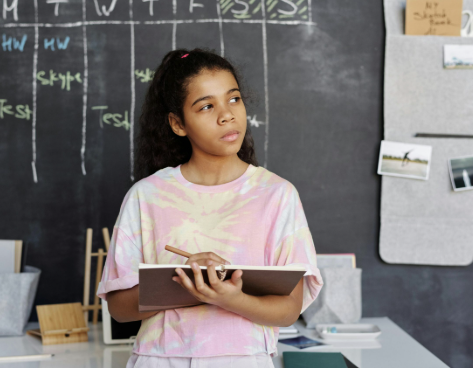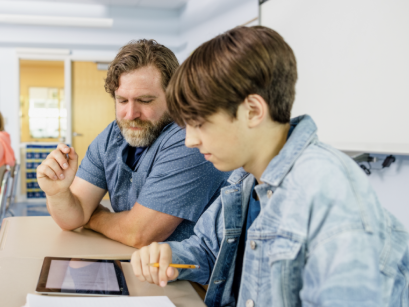Student confidence is a vital element in academic achievement. When learners believe in their ability to succeed, they are more likely to take on challenges, stay motivated, and persist through difficulties. Personalized learning, by tailoring educational experiences to individual needs and strengths, plays a significant role in building that confidence.
Understanding Student Confidence
Confidence in learning isn’t just about knowing the right answers—it’s about trusting one’s ability to learn, grow, and improve. Students who feel confident are more likely to participate in class, try new strategies, and seek help when needed. A personalized approach supports this mindset by honoring each learner’s pace, preferences, and progress.
Meeting Students Where They Are
Personalized learning begins by assessing each student’s current knowledge, skills, and interests. This information helps educators create pathways that are challenging yet achievable. When students start with goals that align with their readiness, they are more likely to experience early success—fueling greater self-belief.
Encouraging Autonomy and Ownership
One of the most empowering aspects of personalized learning is giving students a voice in their education. Allowing learners to set goals, choose projects, or decide how they demonstrate understanding fosters a sense of ownership. This autonomy nurtures confidence, as students feel more in control of their learning journey.
Providing Targeted Support
In a personalized environment, students receive timely feedback and guidance based on their unique needs. Whether it’s one-on-one instruction, small group work, or digital resources, this targeted support helps learners overcome obstacles without feeling overwhelmed. Knowing that help is available builds a foundation of trust and assurance.
Celebrating Individual Progress
Traditional classrooms often emphasize comparison. Personalized learning shifts the focus to individual growth. By recognizing small wins and personal milestones, educators can help students see how far they’ve come. Celebrating these achievements reinforces the belief that effort leads to improvement.
Reducing Fear of Failure
When learning is tailored to each student’s level, the fear of public failure decreases. Personalized learning creates a safe space for taking academic risks, experimenting with ideas, and learning from mistakes. This supportive environment encourages a growth mindset, where students understand that setbacks are part of the learning process.
Strengthening Teacher-Student Relationships
Teachers who implement personalized learning often build deeper connections with their students. By understanding each learner’s goals and challenges, educators can offer encouragement that feels sincere and specific. These positive relationships are key to fostering a sense of security and belief in one’s potential.
Conclusion
The connection between personalized learning and student confidence is clear: when learners feel seen, supported, and challenged in meaningful ways, their self-assurance grows. Confidence, in turn, opens the door to greater academic engagement and lifelong success. By investing in personalized learning strategies, educators create classrooms where every student feels empowered to succeed.














